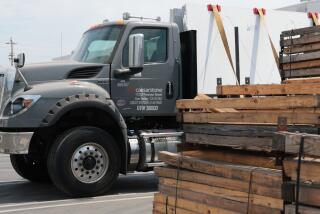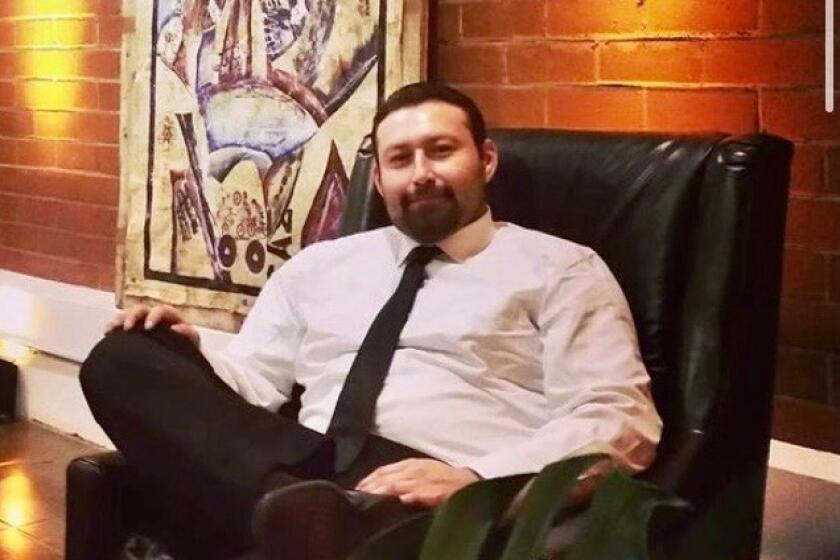Mining officials, Pechanga members argue over quarry
A contentious hearing on Monday over a massive rock quarry proposed near Temecula drew hundreds of people and sparked a heated exchange between mining officials and representative of the Pechanga Band of Luiseno Indians.
The Riverside County Planning Commission adjourned the hearing about 8:15 p.m. after a 10-hour session that included a host of speakers from both sides of the debate. A vote is scheduled Aug. 31.
Granite Construction of Watsonville has proposed a 414-acre rock quarry operation on a mountain that looms over Interstate 15, a peak the Pechanga say is within one of the most sacred sites for all Luiseno people.
Appearing before the Riverside County Planning Commission, Granite attorney Mark Harrison criticized the tribe for not alerting the company when the project was first proposed more than five years ago, or taking steps to seek federal or state protection for that area. He questioned whether the claims about the site were authentic.
“I believe there’s been misstatements in the past,” Harrison told the five-member Planning Commission. “The quarry is not proposed on their site of creation.”
Paul Macarro, Pechanga’s cultural resource coordinator, told the commission that Granite’s claims were preposterous. He was incensed by testimony by Granite expert Lynne Sebastian, an anthropology professor at the University of New Mexico, who spent close to half an hour explaining the Luiseno creation story and what sites are considered sacred.
“It is despicable,” Macarro told the commission, saying some of the statements of Sebastian and Harrison were completely wrong. “Do not let them tell you our history, because they do not know it.”
Granite’s proposed Liberty Quarry would mine an estimated 270 million tons of granite from the mountain over the next 75 years, supplying concrete and asphalt to northern San Diego County and southwest Riverside County.
The quarry is on private non-reservation land just west of the U.S. Border Patrol check point on I-15. To the Pechanga, the peak is called Pu’éska Mountain, a sacred site of the cremation of one of the First People, or Káamalam, whose passing introduced death into the world.
Monday’s public hearing was the fifth held on the proposed project. The Riverside County Board of Supervisors will ultimately decide its fate.
The rock mine is opposed by Temecula — which tried unsuccessfully to annex the mine property — as well as local school districts, wineries and tourism councils. Opponents argue that the mine, with continuous mountaintop blasting and fleets of trucks hauling the aggregate, would create health hazards and devastate local property values.
More than 169 doctors in the region also mounted a campaign against the quarry, concerned that particulates from the blasting would be carried by coastal winds that blow west into the valley. Granite officials and the South Coast Air Quality Management District found no evidence that the mining operation would endanger nearby neighborhoods.
Officials with Granite Construction say the mine would produce 99 high-paying jobs and generate twice that number in indirect jobs in the region. However, on Monday, Pomona College economist Gary Smith, who helped analyze the economic projections of the mine in a study for Temecula, said that more likely the jobs would be transferred from other quarries in the county.
More to Read
Sign up for Essential California
The most important California stories and recommendations in your inbox every morning.
You may occasionally receive promotional content from the Los Angeles Times.











